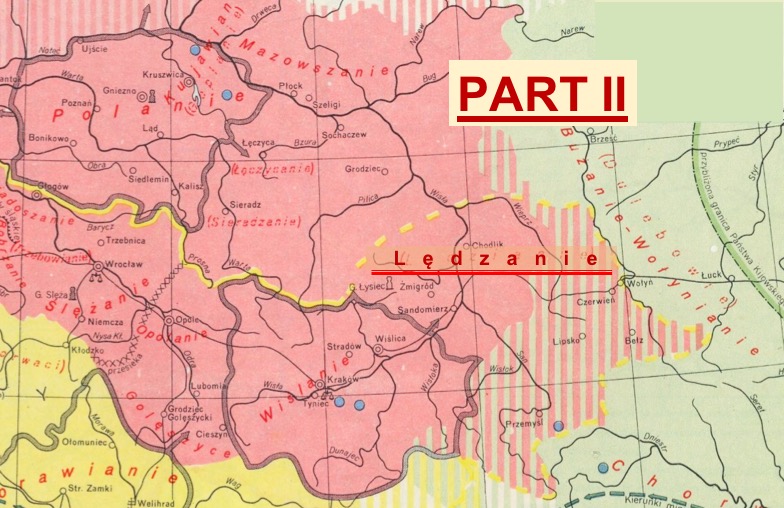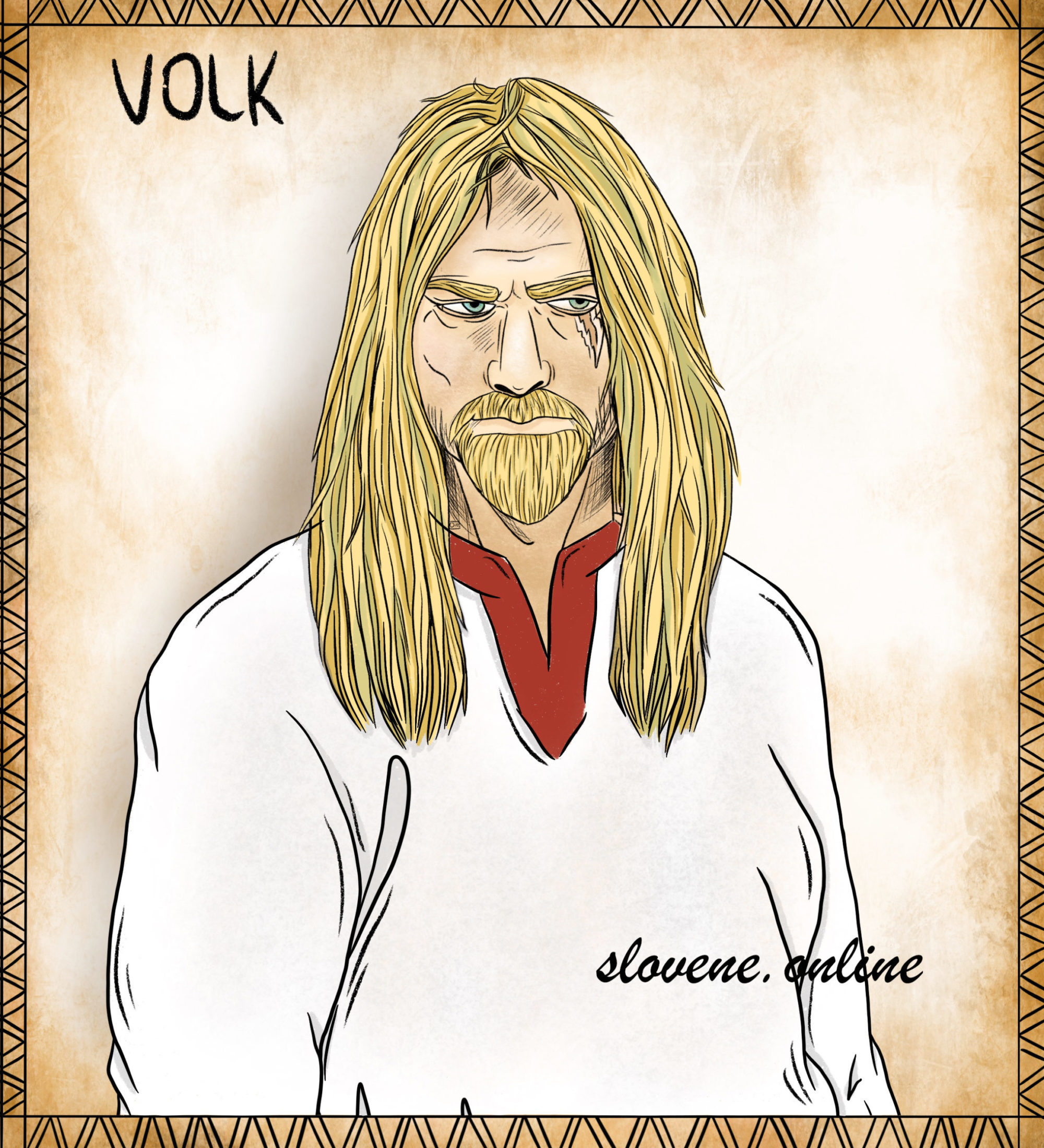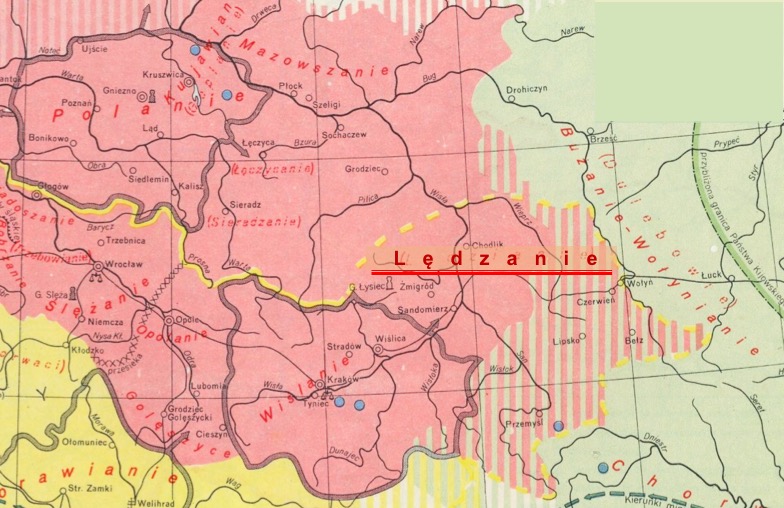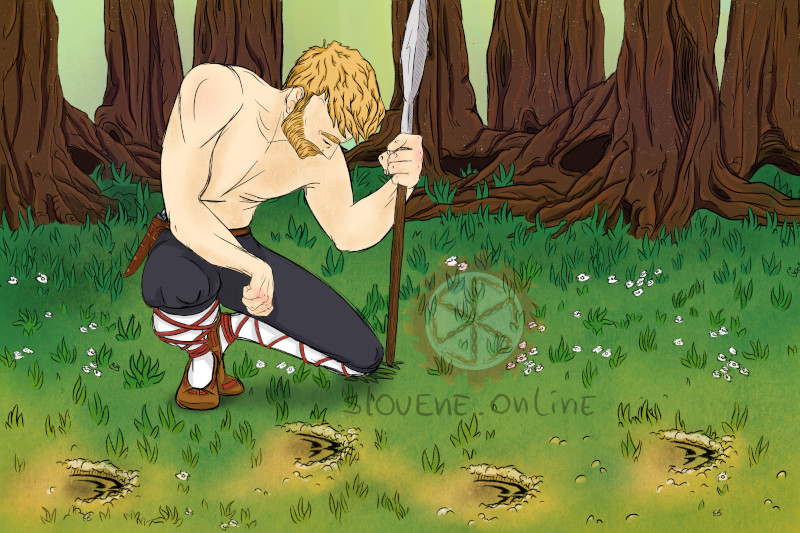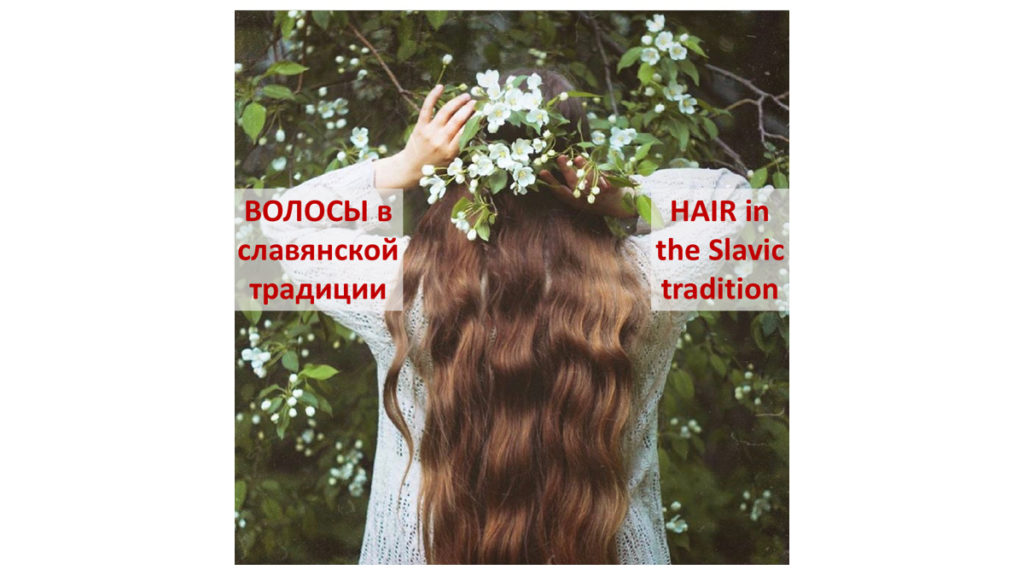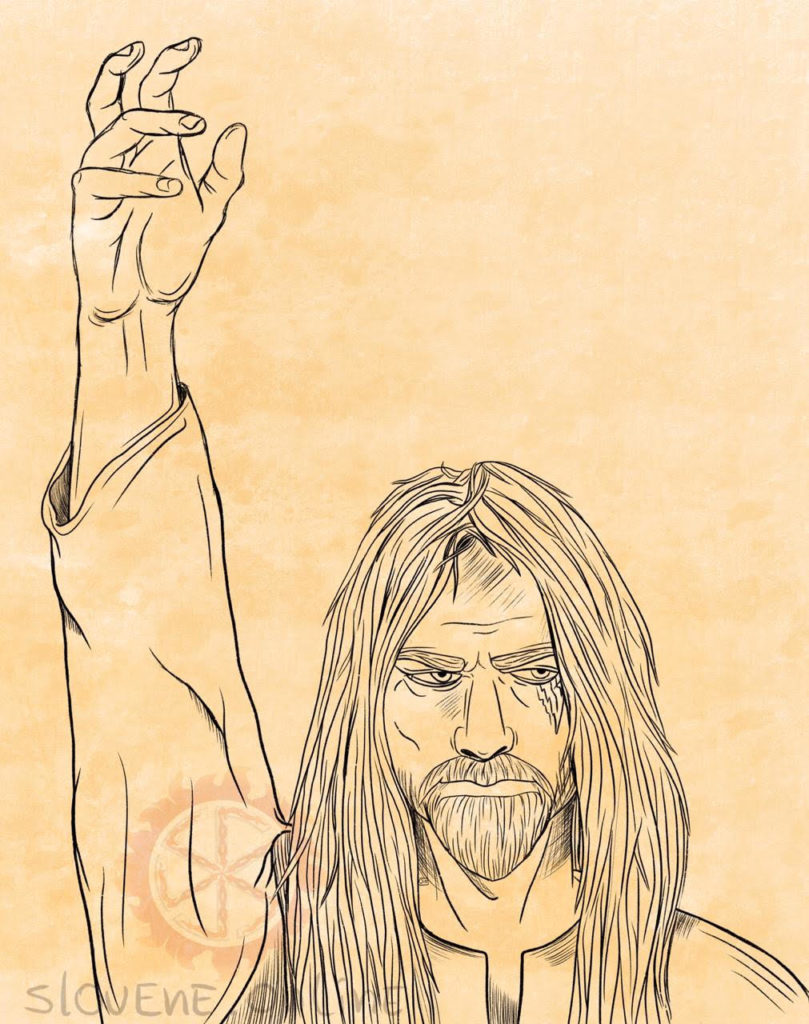We continue a string of posts about various Slavic tribes, which are to be mentioned in our animated fantasy comic book series about the customs and beliefs of the ancient Slavic people.
Interestingly, according to the most accepted point of view in etymology, the word “Lech” is derived from the name of the Lędzanie tribe. The name “Lędzianie” itself derives from the Proto-Slavic and Old Polish word “lęda”, meaning ” uncultivated field”. In other languages, this name was distorted according to phonetic laws: Lendizi (Bavarian Geographer), Lendzanenoi , Lendzaninoi (Constantine VII), Lz’njn (Josippon), Landzaneh (Al-Masudi), Lachy (Nestor), etc.
Even more mysterious tribe was the Vervians (Wierzbianie) with even fewer historical references. They were also mentioned in the treatise «De administrando imperio» (Βερβίανοι). They lived near the Lendians (Lędzanie), and also had economic and political ties with Kievan Rus.
Some scientists believe that reference to the Lendians and Vervians by a number of famous sources can be attributed to the significant role those tribes played in the region due to its geographical position on the important trade route from east to west: through the passes of the Carpathian mountains and further to the Moravian Gate.
Sources:
– Henryk Łowmiański “Zagadnienia roli Normanów w genezie państw słowiańskich”, 1957 (PL);
– Krzysztof Tomasz Witczak, On two Prapolian tribes inhabiting the Przemyśl and Chełm Lands – Lędzany and Wierzbiny , ” Acta Archaeologica Carpathica ” R. 38, 2003, pp. 157-172. (PL);
– Krzysztof Fokt “Lędzanie – how far from the Empire”, 2007 (EN);
– Maksim Zhikh, Lendians of Constantine Porphyrogenitus and Radimichs “of Lyahis’ origin”, 2018 (RU with EN summary);
– Atlas historyczny Polski, Państwowe Przedsiębiorstwo Wydawnictw Kartograficznych im. Eugeniusza Romera, Warszawa-Wrocław 1979 (PL);
– We also recommend Wikipedia articles on Lędzanie and Wierzbianie in PL, RU and EN languages.
